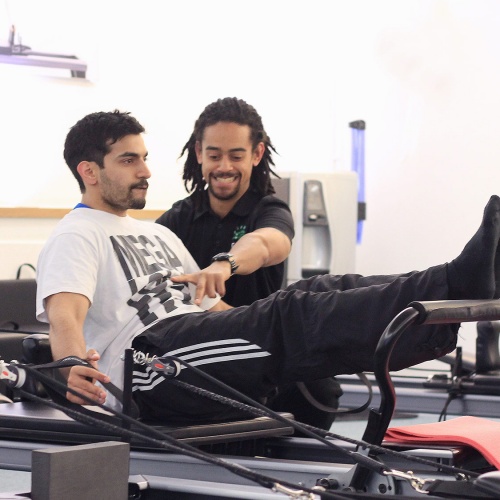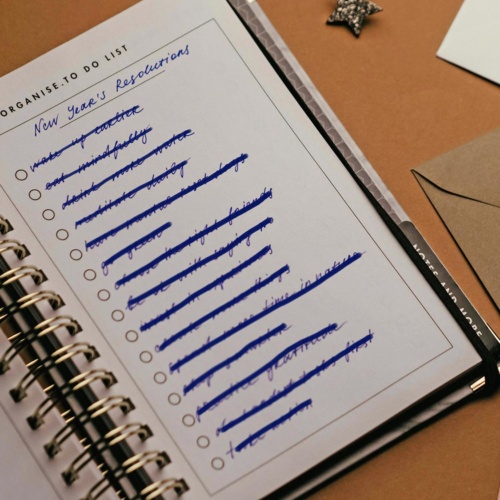Welcome to the not-quite-so-new year. Christmas is well and truly over, but spring feels a long, long way away – it’s still cold, it’s still dark long before you get home from work and despite all those new year fitness resolutions, the sofa and a takeaway are more appealing options than the gym and the 7pm spin class.
So how do we sustain the exercise levels that we committed to on a slightly worse-for-wear January 1st, and stuck to for a good two or three weeks afterwards?
I have two words of advice for you. Motivation and Inspiration (OK, that’s three, but the ‘and’ doesn’t count.)
1. Motivation is best based around having something to aim for – it could be a physical challenge or sporting/exercise endeavour in the coming year or just getting an early start on the summer bikini body.
2. Inspiration can come from others – someone who’s used fitness or exercise to make a positive change in their lives, or to recover from a potentially debilitating injury. It could a friend, colleague or even a celebrity whose body shape/size you admire – anyone, in fact, who gets you thinking: “If they can do it, so can I”.
Whether you use one or both of the above to get you fired up and re-focussed they’re both great drivers to help you set and reach your goals. So, next question: how do you set goals that are both challenging (so you’ll push yourself) and achievable (so while it might be tough, you believe you can get there.)
Actually it’s easier than you think, as long as you work SMART. Yes, that’s an acronym, luckily one of the more memorable ones, and here’s what it stands for:
Specific and Sustainable
When you know what you want to achieve, do research (or speak to a qualified exercise professional) about how best to get there, what exercises will help you best and how/when you can do them. Equally importantly, you’re in it for the long haul. So make sure that the programme you set yourself is one you can have a reasonable chance of actually sticking to for more than just a week or two.
Measurable
It’s vital that you can see your hard work paying off. So pick a measure of improvement that suits you and the programme you’ve chosen/ it could be performance-related, it could be about weight (easy to measure but possibly not so helpful if you’re trying to lose fat but build muscle), or body shape (a great tool for big improvements – but small differences are harder to see) or even something as simple as how well your clothes fit. The word “how” is a great guide – how many reps, how big or small, how much.
Achievable
A big goal or target – lose 10 kilos or run 15k for instance – can feel daunting and affect your morale. So instead, divide it up into a series of smaller more easily attainable ones, and each time you achieve one of them, set yourself the next. You’ll feel a real sense of satisfaction each time you tick off a milestone, and as they say, nothing succeeds like success.
Realistic
Make sure your programme and your goals are in sync. So if you’re a night owl, don’t commit to a dawn workout 5 days a week. Or if you’re only planning to go running or hit the weights bench once a week, don’t expect to be doing a sub-40 minute 10K or body-doubling for Arnie anytime soon.
Timed
Set a date/time period – for you to achieve each goal. This will help you to plan how your improvements should occur and make sure you don’t stagnate. Like smaller goals, shorter time periods are a great way to stay focussed and working towards the end goal.
See? I told you it wasn’t that hard. And if you follow this structure, you’ll find that achieving the goals you do set is a lot easier that you thought it would be.
Before you know it, spring will be here, the days will be lighter, and you’ll be ready to build on your success with a new set of goals. (SMART ones, of course.)





